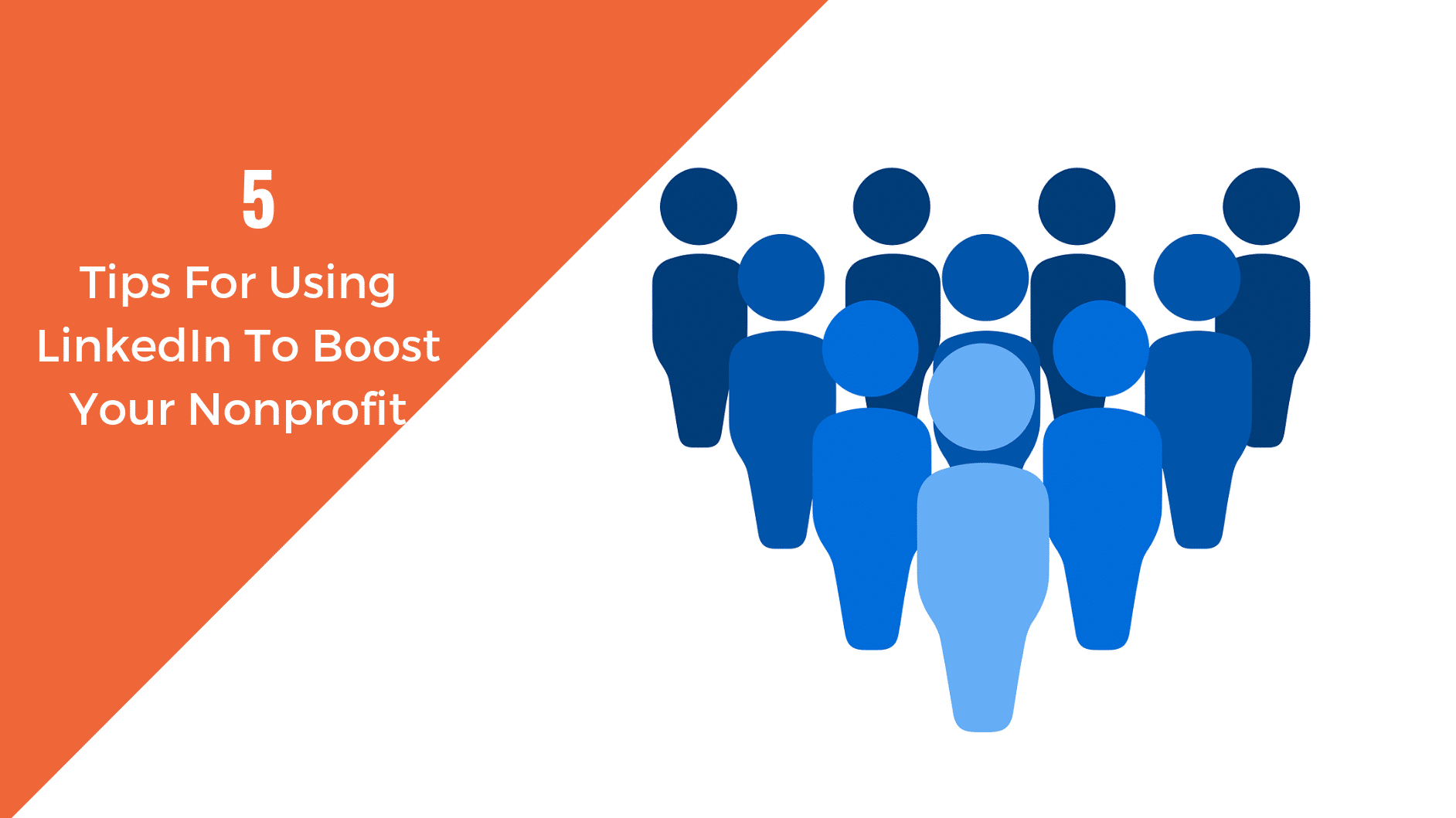Using Surveys to Create Content Your Audience Will Love
Every organization wants to create content their audience will respond to – we try everything from using great imagery and stories, to providing insightful tutorials and display our accomplishments. We often assume our audience likes our content and that we know them like we know our good friends.
But what happens if our assumptions are wrong? How can we learn more about our audience as their needs evolve in an effective and insightful way?
Luckily there is an answer way: we ask them questions!
What’s the best way to ask them questions? Through using surveys!
Surveys are a simple a way of asking questions you don’t normally get to ask. Think of your relationship with your constituents like building a house. You need a good foundation of information to build on. By finding out what makes them tick, you’ll have the foundation you need to complete construction.

Surveys can help you gain perspective on what your community really wants and needs. It can invoke life into your content through new unique data. Many people feel as though marketing is a one-way conversation. By using surveys you are giving your constituents a chance to weigh in.
Additionally, marketing is also an evolving beast that feeds on information. So let’s feed it.
Surveys measure information about your constituents which you may not learn by only using analytics. Don’t overlook 3 Google Analytic Tools that are important.
Some pieces of information may include:
- Their expectations or perception of your brand and/or products
- How your brand, organization or products impacts them in everyday life
- How your brand, organization or products influence their decision making
- How they see your brand compared to your competitors
- What topics they want to hear about from your brand
So how do you start to create and use surveys to gather meaningful new data points? Keep reading to find some insights and best practices.
Set an Objective
First you need to identify what kind of survey you will create.
What kind of conversation do you want to foster? This will vary on the answers you’re looking for. After all you want to make sure you collect data that is actionable.
Define your goals and then write the questions that you think will help you learn the correct information.
An example: “Company ‘XYZ’” wants to find out about recent interactions and the level of satisfaction after a case was closed.
They want to discover two pieces of information.
- They want to identify the primary reason they initiated contact with the association.
- They want to determine if that reason came to a satisfactory conclusion or not, i.e. if they had a question was it answered?
Write Questions Based on Your Objective
While this may sound obvious, your questions should be based on your previously identified objectives.
The questions should follow some basic principles. They should have a simple and clear focus. They should be short and concise. Be neutral in questioning, avoiding any leading questions. And they should avoid unrealistic scenarios or expect your user to be an expert.
No matter what questions you are asking of your user, your presentation should be consistent. If you are using scales your scales should remain the same. If you want your survey to be ‘intelligent’, consider using skip logic, which sends participants to a specific set of questions based on their response of a qualifying question.
If using skip logic, for our example “Company ‘XYZ’” they have sent out a qualifying email with 3 age ranges. 18-29, 30-45, and 46 and older. Of those responses the group that marked 30-45 will receive a survey with the following two questions.
- Of the last 12 months how many times have you reached out to the association? 1, 2-5, more than 5
- Using a scale of 1-5 do you feel your question was successfully answered? 1. No, I still need help 5. Yes, it was answered fully

Consider Offering an Incentive
To entice your community to take the survey you can consider offering an incentive. Some common incentives include:
- A give-a-way by entering those who participate in a raffle
- A discount on a service or product related to the subject of your survey
Choose Your Survey Outlet
There are several ways to ask your audience to give their opinions. The tried and true method of using emailed surveys, to Facebook or Instagram polls, some may even store their surveys directly on their website.
Test
Before launching your survey, it’s imperative to do internal testing to catch any mistakes. You may have grammar errors, typos or oddly worded questions but by having colleagues review you will be able to catch them.
You also want to make sure that once the user hits ‘submit’ the answers are properly stored in a database for your review later.
After you’ve done internal testing and made any changes retest with a small group from your community to gain feedback and finalize your survey.
Launch Your Survey
While it may seem like you’ve taken many steps to get here, you can now launch your survey via your preferred outlet or outlets.

Collect and analyze the results…. then act on them!
Once you’ve allowed some time for your community to respond begin to review the data that has been collected. Use this data to identify your next steps. If it raises more questions follow up with your community. Changes may be needed to be made within your organization or more training for staff may be needed. There may also be topics that are being queried but that you do not have material for. Use this insight to begin to create content that can fill those voids or change your practices to address concerns.
Take-away
Proper planning prevents future mishaps. Having a well thought out strategy will help you get the results you are looking for from your next survey. Although it takes some prep work to prepare don’t be discouraged. By following our process you will be able to analyze the results and convert it into meaningful insight.
Now that you have the tools, and the know-how, go gather insights to fuel your next wave of content.
content creation marketing strategies nonprofit marketingYou May Also Like

It seems that lately many people are under the impression that chatbots are a dying trend. After all, a mere 9 months after officially introducing their chatbot M, Facebook announced its shutdown. But remember, M was an experiment. This free full-service virtual assistant found in Facebook Messenger was only offered…
read more >
How to use LinkedIn to boost your Nonprofit The beautiful thing about living in the age of social media is the medium it has created for connecting with people and spreading your organization’s mission. Each social media platform carries with it a different purpose, a different audience, and a different…
read more >
